Seeking Authentic PBL? Try Middle School Hydroponics
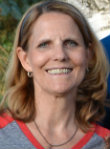
Hydroponics. What did I know about it from the beginning? Very little to be honest. However, since I taught at a public PBL (project-based learning) school, I needed to be ready to research and learn, just like the students, using an inquiry process.
At Catalyst Charter Middle School, innovation and real-world projects are essential for deeper learning and investigation. An opportunity was presented to write a grant that required connecting learning to agriculture. Hydroponics was the answer for us.
Although I didn’t have a lot of experience or background knowledge on this topic, I did have a passion for gardening and was willing to learn. Our staff was on board so we decided to pursue the grant opportunity.
Grant writing takes time. However, in addition to support from my district, I was fortunate to work with a grant writer that helped with jargon and “tweaking” to accurately promote my vision.
Vision is all important. Be sure to know your vision and where you are heading before starting. What do you want students to learn through the project? How will the project challenge the staff and students? This may sound simplistic, but it will help guide the direction of the grant.
Other important first steps
Call upon an expert. Initially, we located a local expert on hydroponics. In PBL (Project-based learning), including experts as resources is important and adds an element of real-world experiences. Bryan Ernst, the founder of Ernessi Organics, developed a plan specifically for our school which would ensure success with our project. Mr. Ernst already had a successful hydroponics business, so using his expertise saved us time and expensive mistakes.
Identify what’s needed. Part of the process was learning what each of the required devices and supplies were and why they were important to hydroponics. There were a variety of hydroponic systems available, but we decided on the raft system. The materials we ordered included reservoirs, growing rafts, air stones, nutrients, stainless steel shelves, and lights. We decided to grow butterhead lettuce.
Find the right space. Setting up a new hydroponics system took some creative problem-solving since we were on the second floor of an old school building and did not have an ideal system for transferring water.
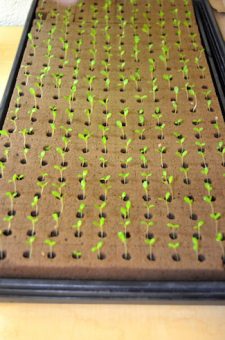
Prepare the nutrient solution. After the water was purified, nutrients were added to sustain the growing plants. With these additions, pH/TDS/PPM levels needed to be measured daily and documented on spreadsheets.
One of the most important things to understand when growing plants indoors is that the success of your plants is determined by limiting factors. If your plants do not receive enough of one variable, then your plants will not grow at their maximum rate regardless of how much of any other variable your plants are given. (Source)
Establish research parameters. Part of the investigation with hydroponics included collecting data on the growth of our butterhead lettuce. When setting up the system, everything was kept consistent except for the lighting.
On one level of the rack, fluorescent plant lights were used, and on the second level, the lettuce was exposed to an LED light which targeted only blue and red wavelengths. (Plants do not effectively use the entire spectrum of light, but only absorb light in the range of two particular wavelengths.)
Part of the project involved students measuring the size of the plant leaves and height of the plant, along with observations on the color and root growth. This was documented on a chart each week and shared with everyone. As time progressed, observation, evidence and data made it clear that there was a difference between lights. The LED lights produced stronger plants with darker green leaves.
Sharing results with authentic audiences
Students had the opportunity to demonstrate their expertise in hydroponics during our end-of-year Catalyst Showcase Night. Parents and community members viewed displays of projects over the past quarter while listening to presentations by students.
The hydroponics project was a new experience for many families. They were surprised to see lettuce floating on rafts with roots extending into the bubbling water. They were especially surprised by the difference in growth and color of the plants between the LED and fluorescent lighting.
One important step in PBL is to produce a product – which brings me to the salads. Generally, middle school students do not gravitate toward healthy food, but when the food is grown by them, things change dramatically.
A salad bar was set up in our conference room where we had the hydroponics area against a wall. As students walked through the salad bar, they looked over at the remaining lettuce that was growing and asked, “Is that the same lettuce we are eating? Wow, really?” Ownership creates engagement, and students owned their salads.
Our grant included a goal to share the final product with our local food pantry. After feeding 130 students, we had 12 heads of buttercrunch lettuce remaining that were donated to the Ripon Food Pantry.
Questions for the future
Hydroponics is a real-life PBL (project based learning) experience. We started on the adventure with a slight amount of knowledge, which has spurred more questions for the future. What else can we grow hydroponically? How can we help our community with the produce? Could hydroponics help with the sustainability of our school?
We have learned the importance of connecting with experts and not being afraid to try something different, even if you are heading into unknown waters.
All images provided by Sandy Wisneski
________________
Sandy Wisneski (@stampcat2) is lead teacher at Catalyst Charter Middle School in the Ripon, WI Area School District. She is the district webmaster, tech mentor, and yearbook advisor as well as initial educator mentor. Over the past 40 years, she has obtained her masters in reading, become certified as a Flat Classroom Teacher, a Graphite Certified Teacher and BrainPOP Certified Educator, and was a participant in the Honeywell Educators @ Space Academy. She enjoys challenging students to “take ownership” for their learning and to be effective digital citizens in the world. See her MiddleWeb articles and reviews.


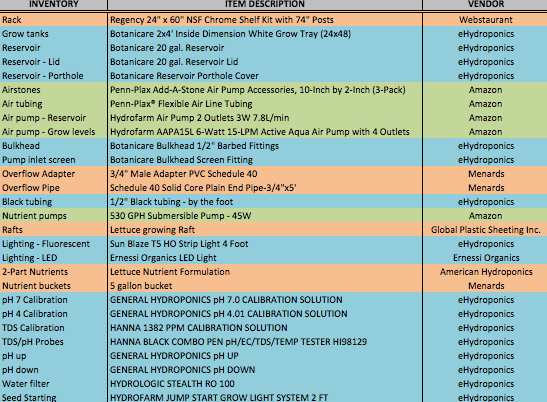
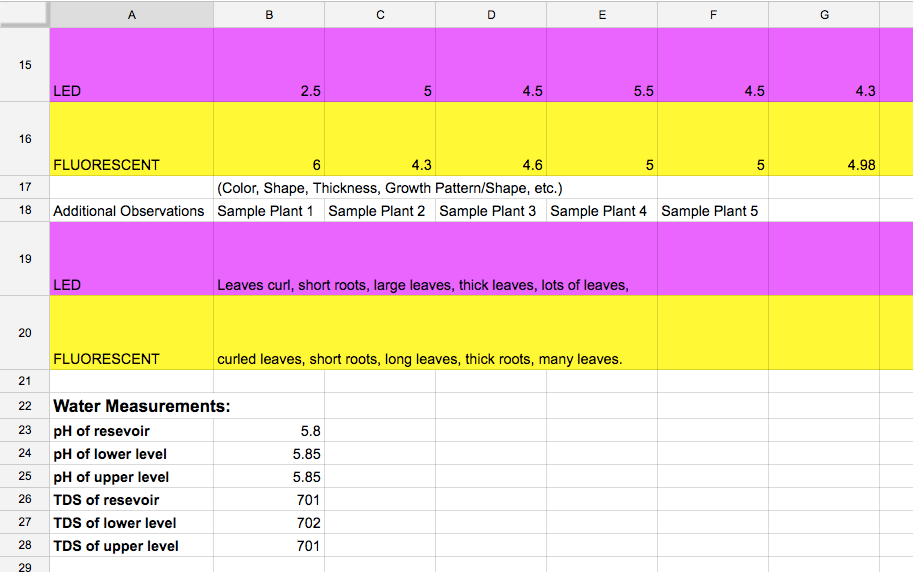
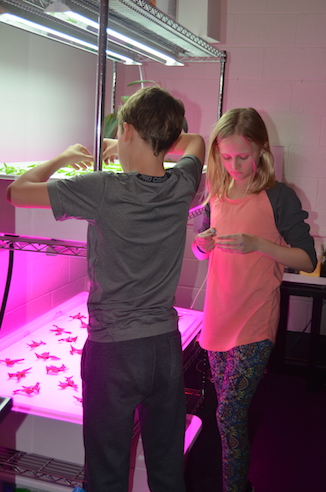
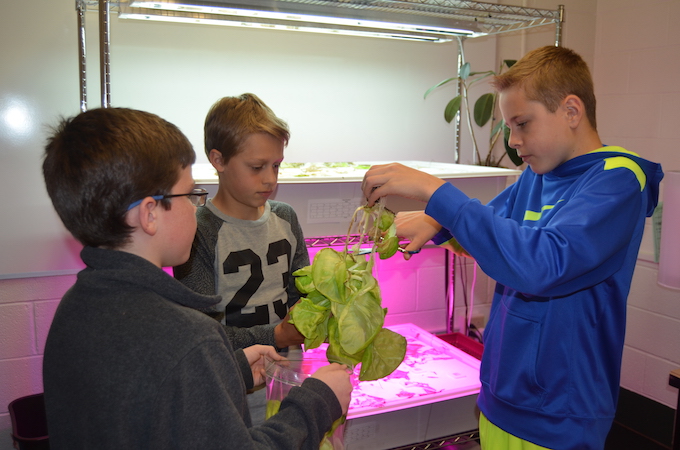

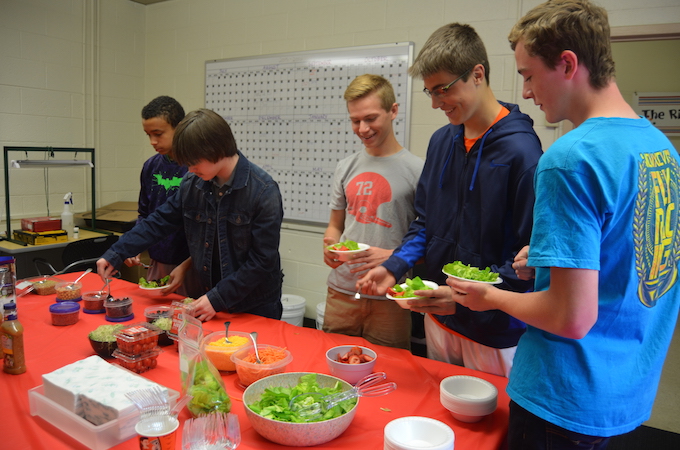

































Did you follow the format for writing up your PBL using the one from the buck Institute, BIE, website?